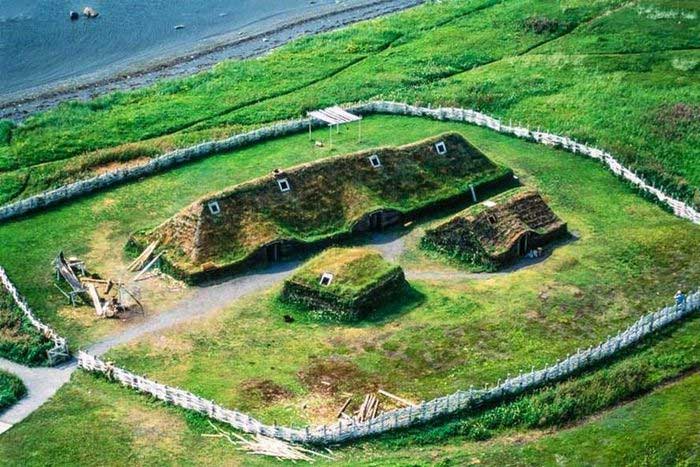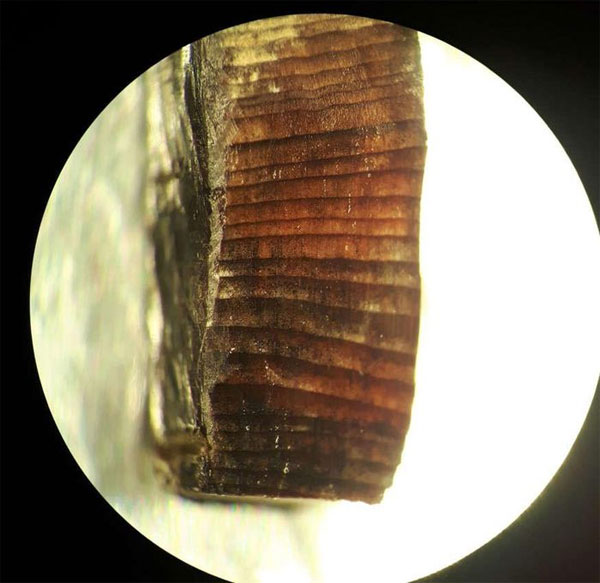The year 1021 is now recognized as the time when the first Europeans set foot in America, according to a new study.
Christopher Columbus has long been credited as the first person to discover America in 1492. However, a recent research group has found that the Vikings achieved this nearly 500 years before Columbus.
The study, published in the scientific journal Nature, states that through the dating of wooden artifacts excavated from the ancient village of L’Anse aux Meadows in Newfoundland, Canada, scientists determined that the Vikings settled in this ancient village as early as 1021.

The ancient Viking village of L’Anse aux Meadows in Newfoundland, Canada. (Photo: Russ Heinl).
“This is the only time that Europeans are known to have set foot in America before Columbus,” said Professor of Archaeology Michael Dee from the University of Groningen (Netherlands), a co-author of the study, in an interview with USA Today.
“This is also the first time this date has been scientifically established,” added Professor Margot Kuitems, the lead author of the study from the University of Groningen. “Previously, such milestones were mainly known through oral folklore. It wasn’t until the 13th century that they were documented in detail on paper.”
Scientists also believe that the wooden artifacts excavated belong to the Vikings, based on their location within the village of L’Anse aux Meadows, along with evidence showing they were shaped using metal tools, which the indigenous peoples at that time were not capable of doing.
Additionally, researchers were able to accurately determine the time of Viking settlement at L’Anse aux Meadows using methods such as recording changes in a natural radioactive form of carbon on the surface of each artifact and determining their age by counting the growth rings on the cross-section of the trees used to make these wooden items.

Close-up of a wooden artifact shaped with metal tools by the Vikings. (Photo: Petra Doeve).
Furthermore, the research team discovered that a significant solar storm occurred in 992. It created a distinct carbon signature in the growth rings of trees from that year onward.
According to Professor Margot Kuitems, in 3 of the wooden artifacts, made from 3 different types of trees, 29 growth rings were identified that formed after the solar storm. This means that the trees used to create them were cut down in 1021.
However, researchers still cannot determine whether 1021 marks the first or last point of Viking habitation at L’Anse aux Meadows. They hope to study additional wooden artifacts excavated at the same site for a more detailed understanding of this period.
The term Viking refers to the ancient tribes scattered across Northern Europe, such as Norway, Sweden, and Denmark. With extraordinary skills in combat, shipbuilding, and seafaring, the Vikings conquered vast territories in the northern Atlantic regions and established many settlements in areas now part of Iceland and Greenland.
The Viking presence in Newfoundland also marks the first time in history that humanity could travel in a circular route around the entire surface of the Earth. Previously, the first people to set foot in North America thousands of years ago had to cross the Arctic from Siberia to Alaska.

















































